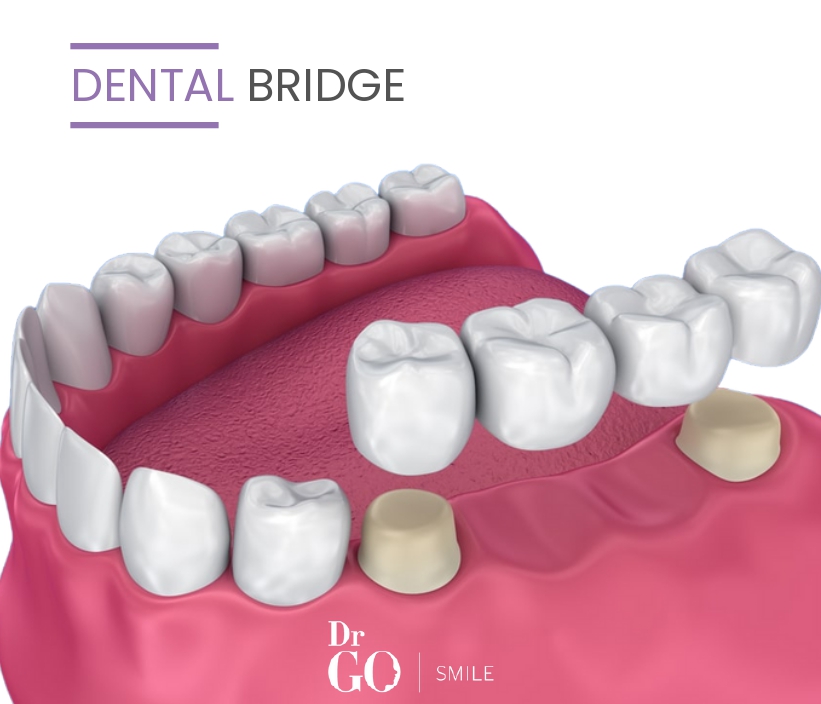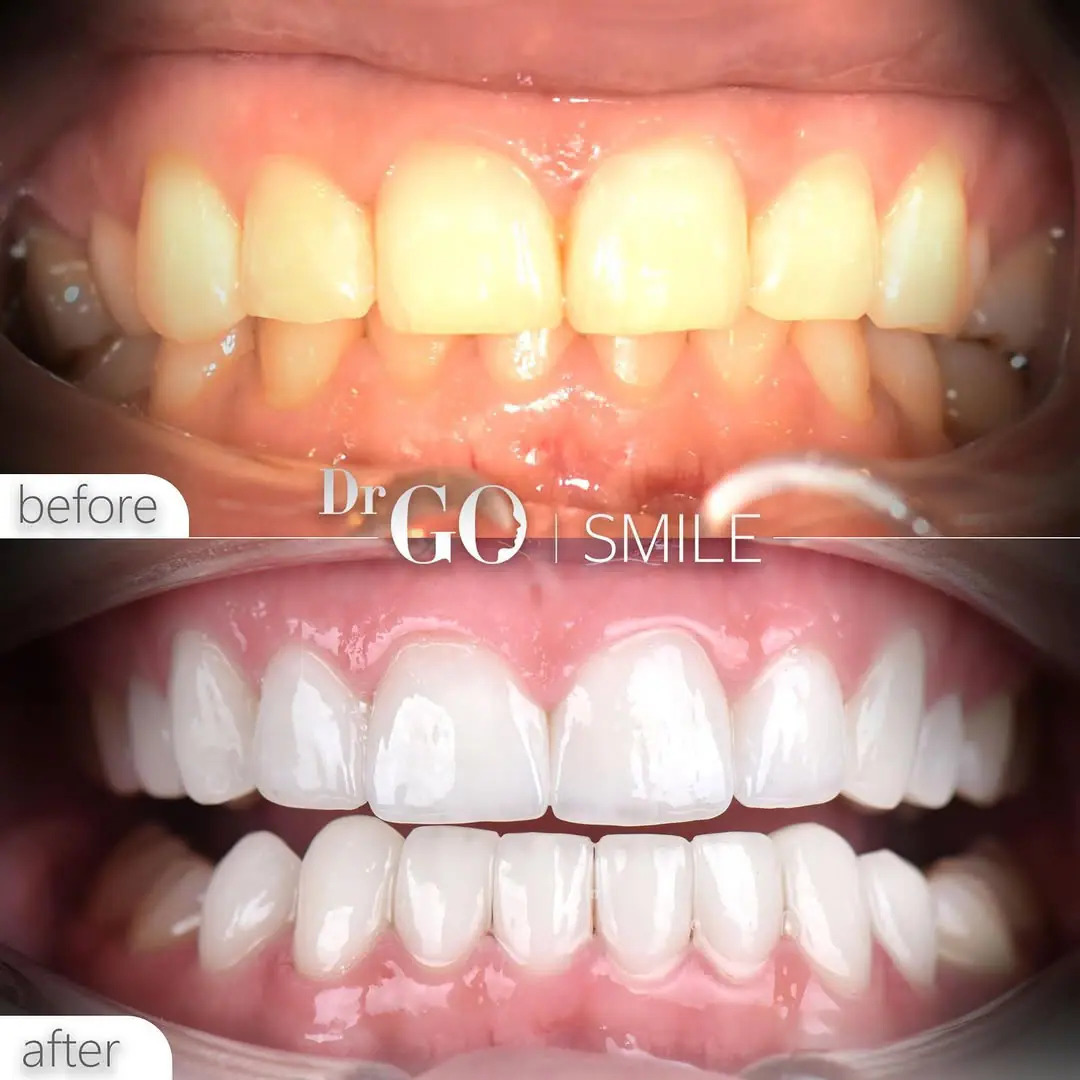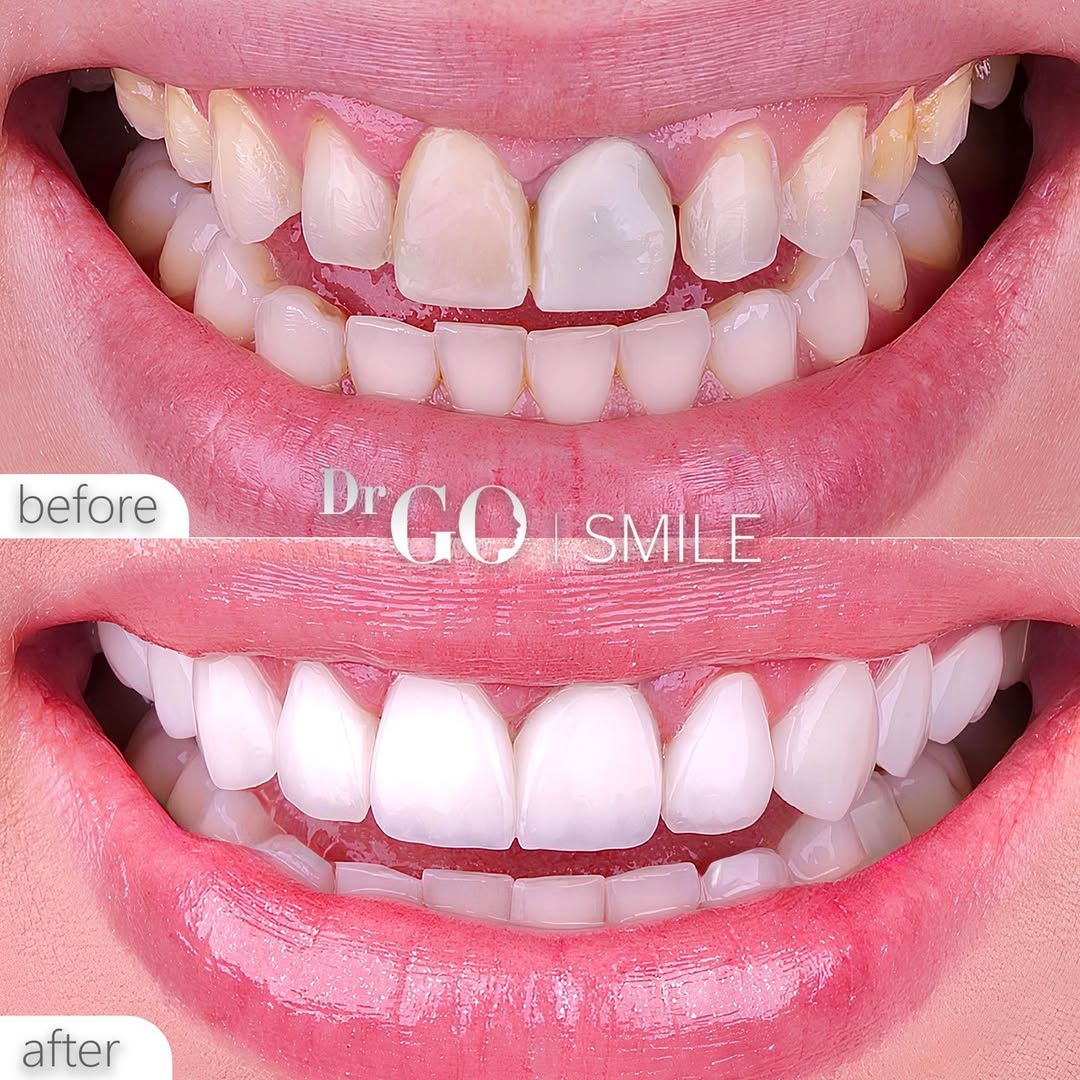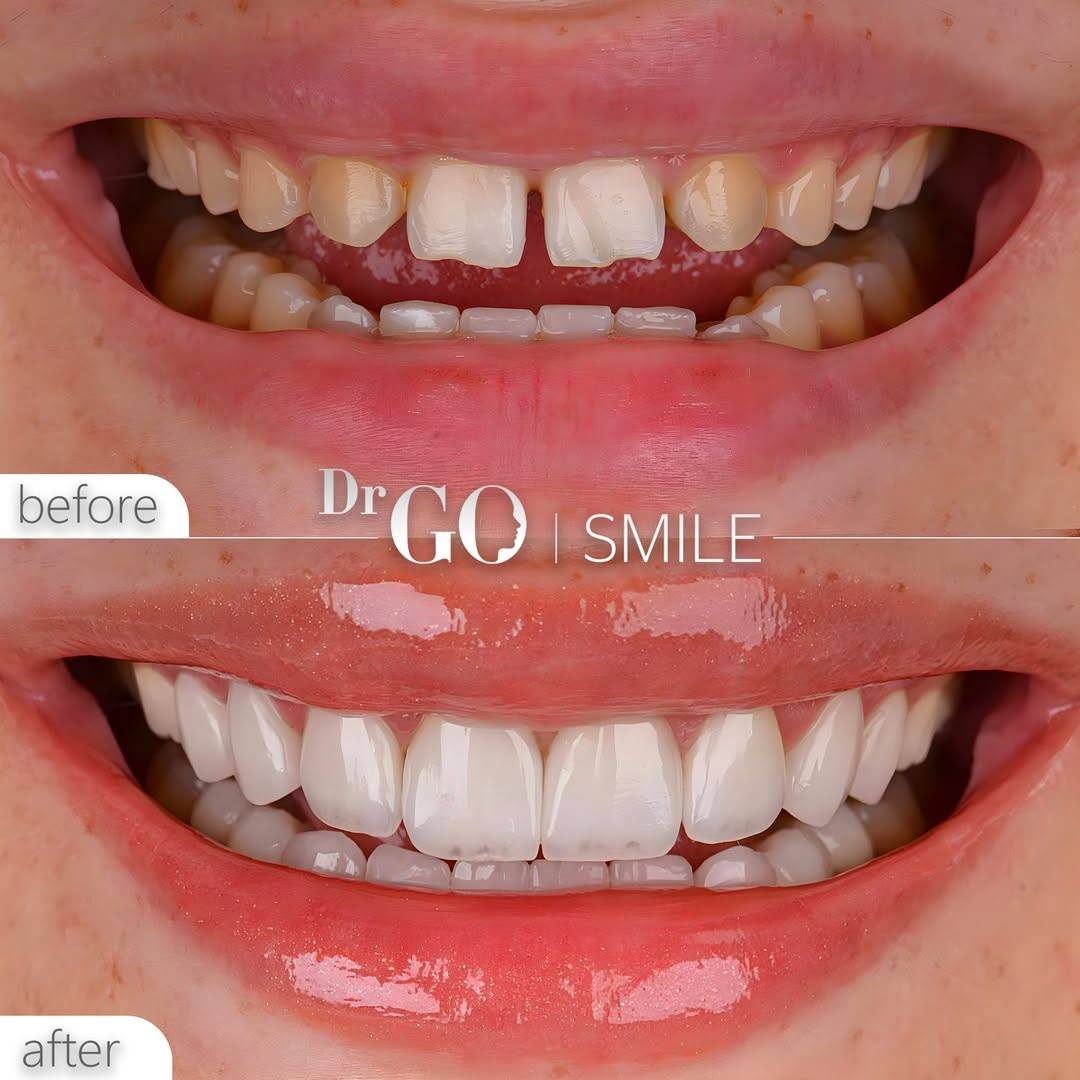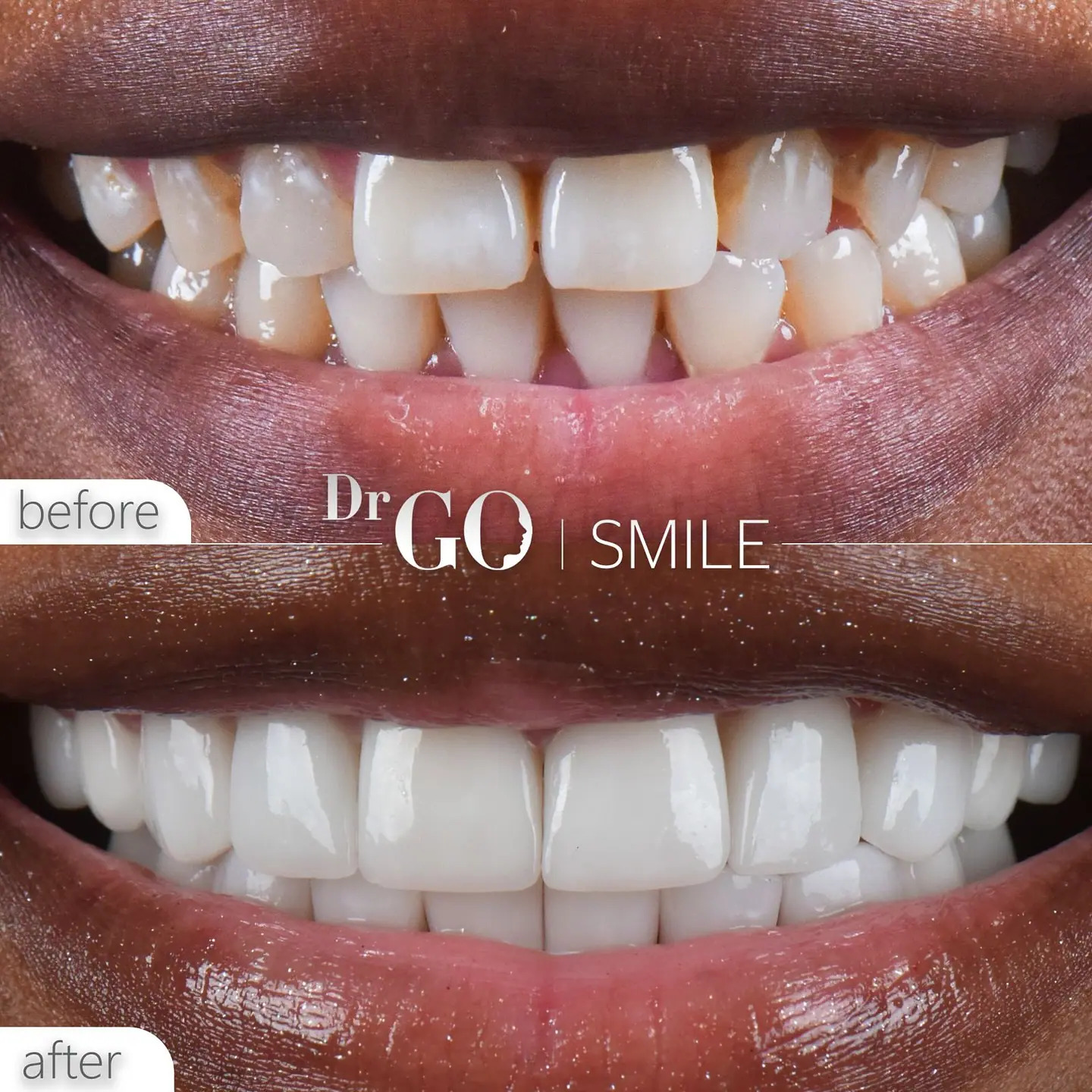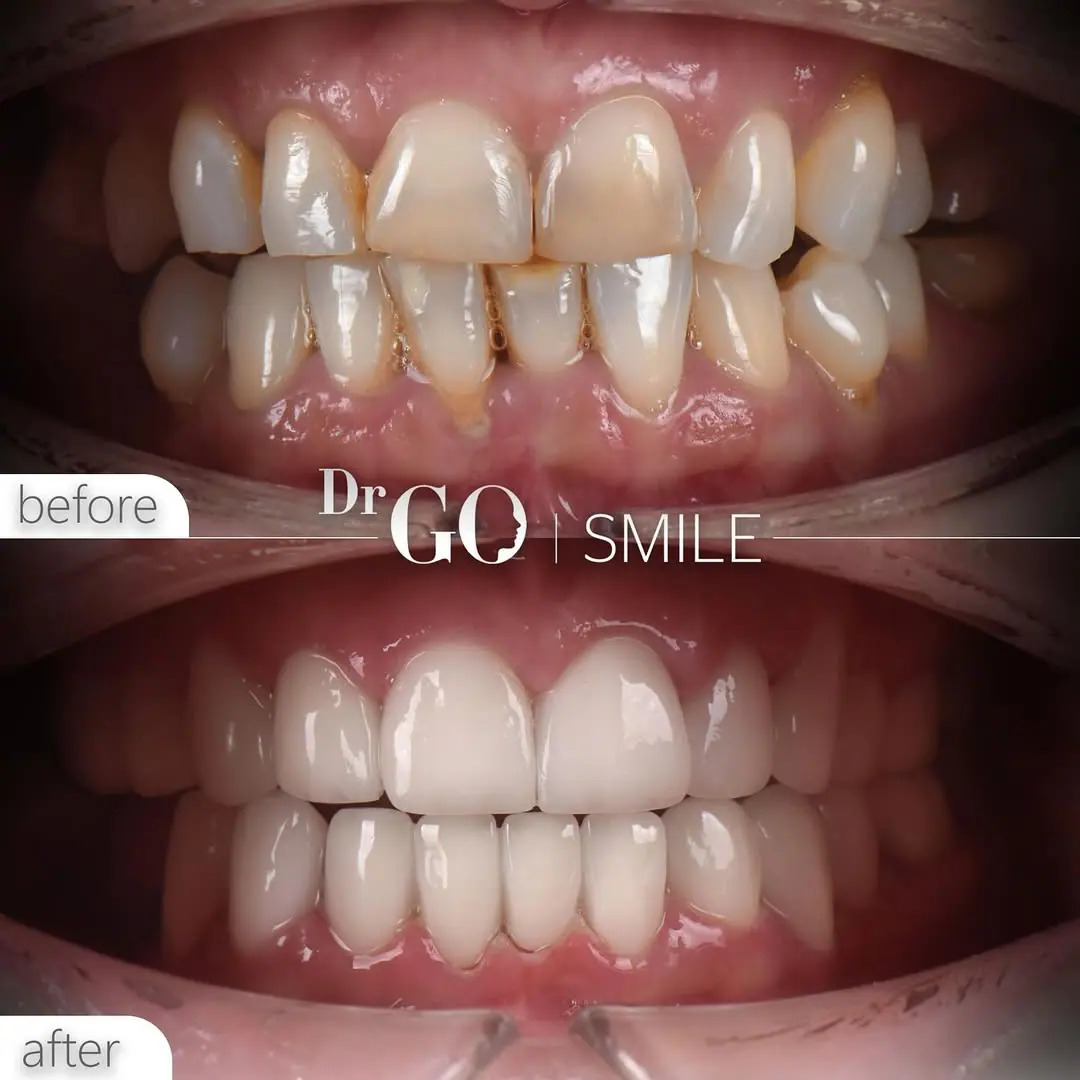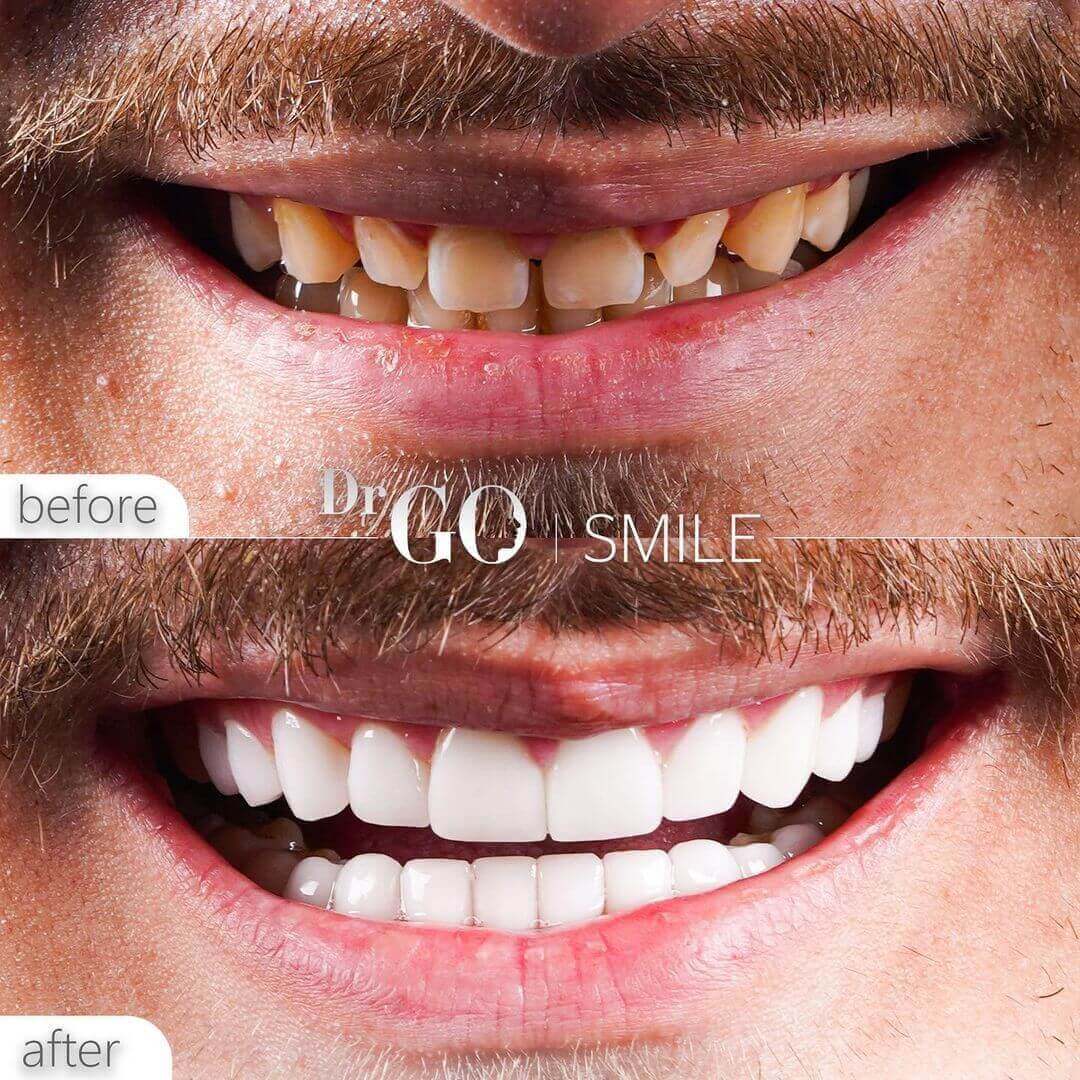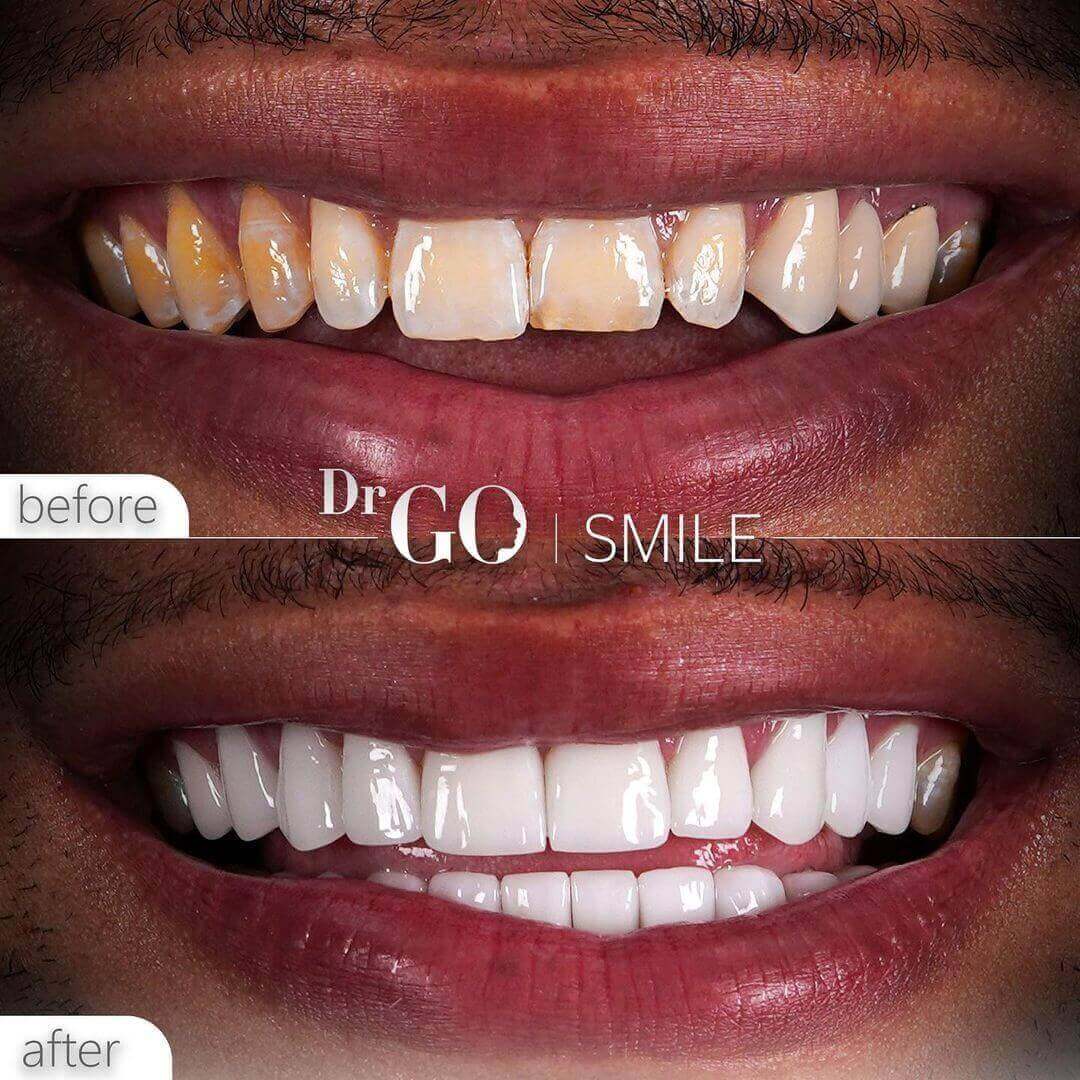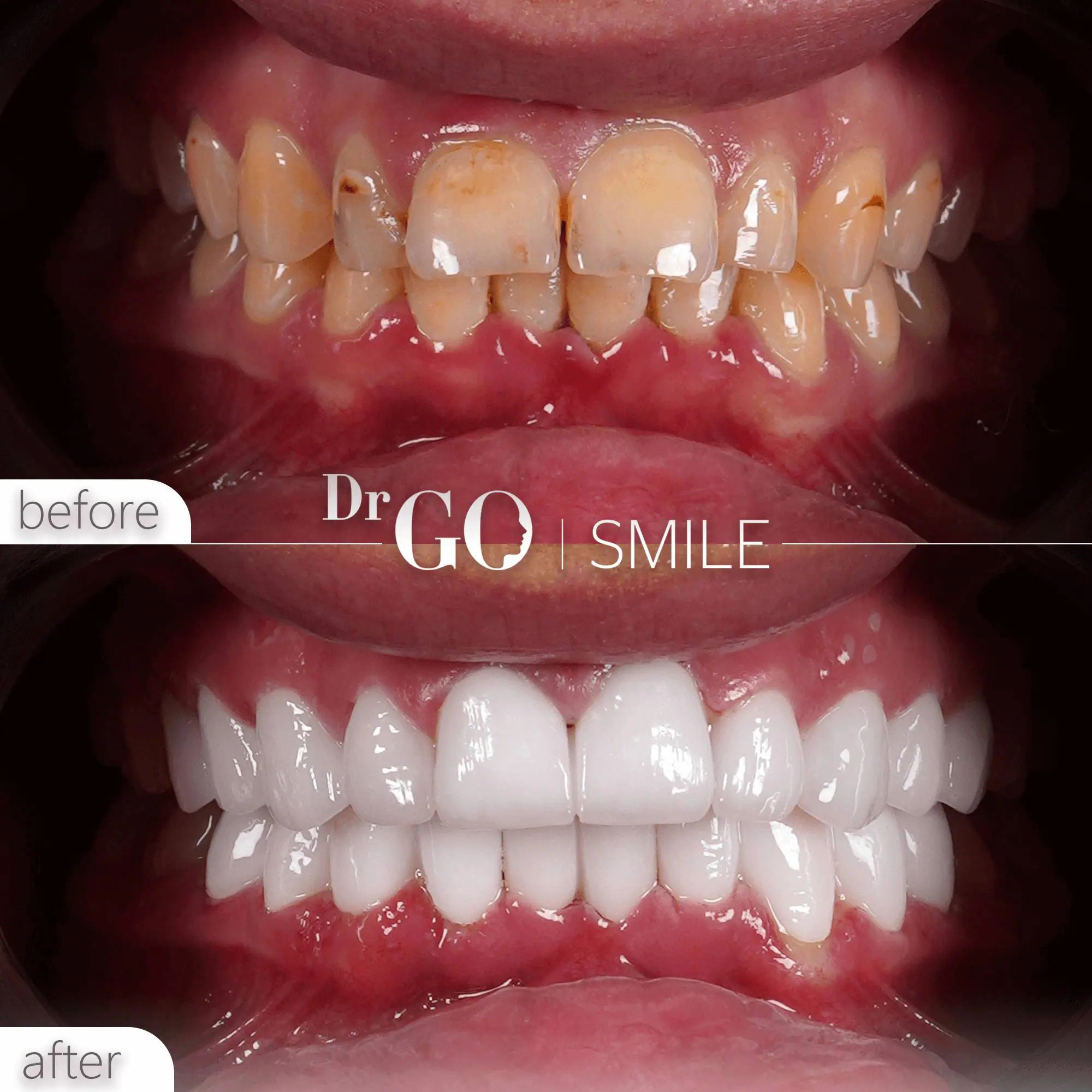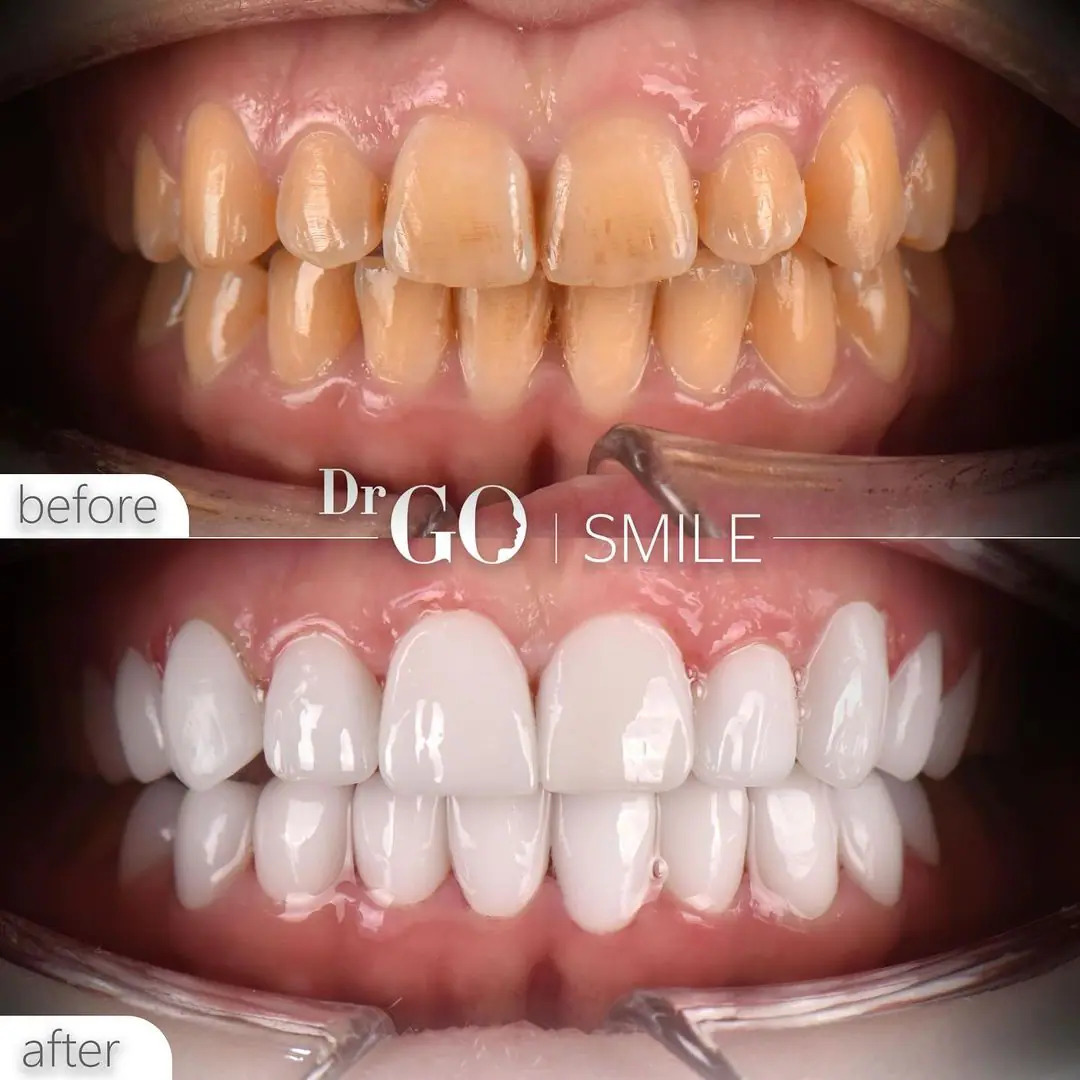Today, tooth loss is not only an aesthetic problem but also a significant condition that affects speech, chewing, and overall oral health. One of the methods used in the treatment of this problem is dental bridges, which offer effective solutions both aesthetically and functionally. Especially preferred in cases where one or several teeth are missing, dental bridges fill the gap of the lost tooth by anchoring to the surrounding healthy teeth. Since this method provides results that are close to the natural tooth structure, it has been used safely for years.
What are Dental Bridges?
Dental bridges are prosthetic structures that are made to replace one or more missing teeth and are fixed to the adjacent teeth. This treatment method not only corrects the aesthetic appearance by filling the tooth gaps but also restores the functions of chewing and speech. As the name suggests, dental bridges close this gap by spanning the area where the missing tooth is located, like a bridge.
Generally, the healthy teeth on both sides of the missing tooth are reduced and prepared as crowns, and these teeth act as the anchors of the bridge. The place of the missing tooth in the middle is taken by an artificial tooth called a “pontic.” Thus, the balance within the mouth is re-established.
In Which Cases Are Dental Bridges Preferred?
Dental bridges are generally preferred for individuals with a single or a few missing teeth. If there are healthy teeth on both sides of the missing tooth, this method is an ideal solution. Bridge treatment is also an effective alternative in situations where an implant cannot be applied or when the patient does not want to get an implant.
It is also frequently preferred because it is more affordable than implant treatment. A gap between teeth can cause adjacent teeth to shift and the jaw structure to be damaged. Dental bridges prevent this process, thus preserving the balance within the mouth.
What are the Types of Dental Bridges?
Dental bridges are divided into various types based on the material used and the method of application. Each type of bridge is determined by considering the patient’s oral structure, aesthetic expectations, and functional needs.
- Traditional Dental Bridge: This is the most commonly used type of bridge. It is applied by reducing the teeth on both sides of the missing tooth. It can have three or more units.
- Cantilever Bridge: This is preferred when there is a healthy tooth on only one side of the missing tooth. It is fixed to a single tooth, so its application is recommended for specific areas.
- Maryland Bridge: It is bonded to the adjacent teeth with metal or porcelain supports without damaging them. It is generally preferred for front teeth.
- Implant-Supported Bridge: It is fixed on dental implants without cutting the adjacent teeth. It is known for its durability and long lifespan.
The type of bridge to be chosen is determined by the dentist’s examination and the patient’s requests.
How are Dental Bridges Applied?
The dental bridge procedure consists of several stages and is usually completed in two to three sessions. In the first session, the dentist prepares the healthy teeth next to the missing tooth. During this procedure, a certain amount of tissue is removed from the teeth to make them suitable for the crown. Then, an impression of the mouth is taken and sent to the laboratory.
During this process, a temporary bridge is prepared for the patient, and the teeth are protected. The permanent bridge from the laboratory is placed in the mouth in the second session, and the bite alignment is checked. Once the alignment is correct, it is fixed with special adhesives. Each of these stages is carried out with care because improperly applied bridges can both reduce comfort and negatively affect gum health.
What are the Advantages of Dental Bridges?
Dental bridges stand out with the versatile benefits they provide in the treatment of missing teeth. They offer the following advantages both aesthetically and functionally:
- They close missing tooth gaps, giving a natural appearance.
- They prevent speech impediments.
- They improve chewing function.
- They prevent adjacent teeth from shifting.
- They offer an affordable and fast treatment process.
- They can be applied as an alternative to implant treatment.
These advantages make dental bridges an ideal option for both young individuals and elderly patients.
How Long Do Dental Bridges Last?
The lifespan of dental bridges varies depending on the quality of the material used, the patient’s oral care habits, and the quality of the application. An average dental bridge can last between 10 to 15 years with proper care and regular dental check-ups. Porcelain or zirconium bridges are long-lasting in terms of both aesthetics and durability.
However, factors such as poor oral hygiene, gum diseases, or teeth grinding can significantly shorten the lifespan of the bridge. As long as the health of the teeth around the dental bridge is not maintained, the bridge loses its function. Therefore, maintenance is at least as important as the application.
What are the Most Common Mistakes Regarding Dental Bridges?
One of the most common mistakes made by individuals who have dental bridges is neglecting the maintenance of the bridge. When food particles accumulate under the crown, this can lead to gum inflammation and decay. Additionally, neglecting to use dental floss shortens the lifespan of the bridge.
Another mistake is habits such as biting on hard objects or clenching the teeth. Such behaviors can cause the bridge to break or become dislodged. Moreover, not going for dental check-ups prevents the detection of developing problems. A maintenance routine should be established by considering all these situations.
How Should Oral Care Be After Dental Bridges?
- Teeth should be brushed at least twice a day.
- The area under the bridge should be cleaned with dental floss or special interdental brushes.
- Antibacterial mouthwashes can be used.
- Hard and sticky foods should be avoided.
- Dental check-ups should not be neglected.
As long as these recommendations are followed, dental bridges can be used for many years without any problems.
Do Dental Bridges Hurt?
Since local anesthesia is used during the procedure, the patient does not feel any pain. Comfort is ensured during the tooth shaping stage. After the treatment, there may be temporary sensitivity or a feeling of pressure; however, this usually goes away on its own within a few days. A well-placed bridge does not cause pain. If the pain persists for a long time, a dentist should be consulted.
How Much Do Dental Bridges Cost?
The cost of dental bridges varies depending on the type of material to be used, the number of teeth to be made, the expertise of the dentist, and the equipment of the clinic. Zirconium bridges can be more expensive than porcelain bridges. In addition, additional treatments (root canal treatment, gum treatment, etc.) can also affect the price. Contact us now for dental bridge prices.
Frequently Asked Questions
Who is Not a Suitable Candidate for Dental Bridges?
- Individuals with gum disease
- Patients with insufficient support from adjacent teeth
- Those with a habit of clenching or grinding teeth
- People with poor oral hygiene
- Those with advanced jawbone resorption
Should an Implant Be Preferred Instead of a Dental Bridge?
This completely depends on the patient’s general health, oral structure, and expectations. An implant is a long-lasting solution that can be applied to replace a missing tooth without damaging the adjacent teeth. However, since an implant is a surgical procedure, it may not be suitable for everyone. A dental bridge, on the other hand, can be completed in a shorter time and without surgery. The decision on which method is more suitable is made with the dentist’s evaluation.

